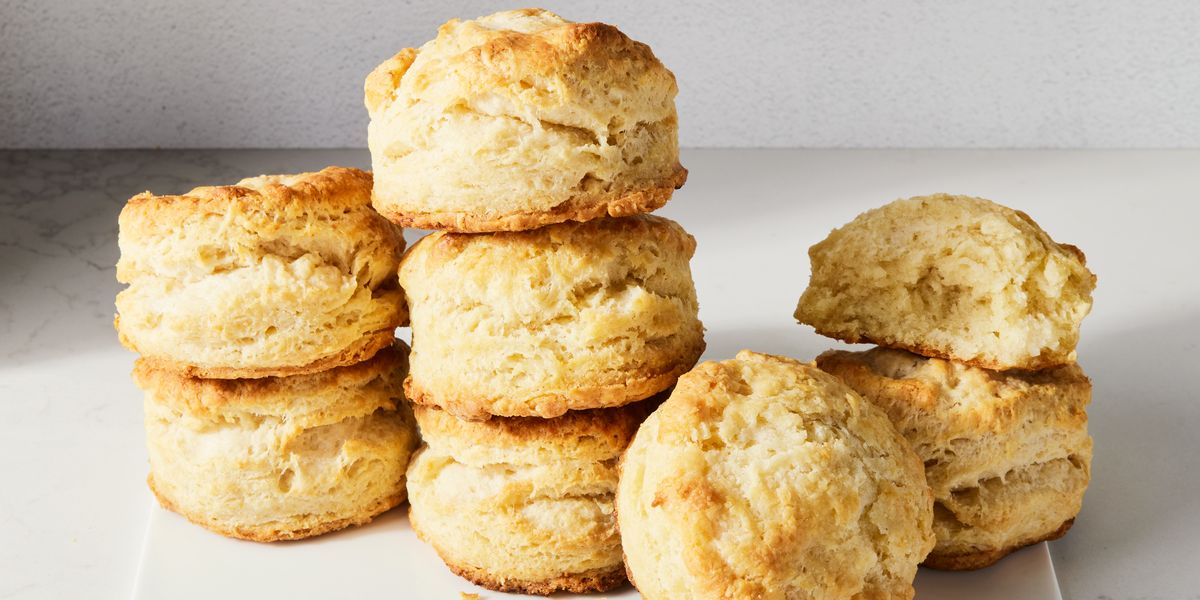
Whether you’re topping them with strawberry jam or sausage gravy, biscuits are the versatile quick bread that are just as good as a dinner roll alternative as they are a breakfast star. Here at Delish, our ideal biscuit should have tender, flaky layers and an extra buttery taste, and this soft and pillowy recipe does just that. Can anything beat a warm, flaky biscuit straight out of the oven (or air fryer, see below)? We don’t think so! Read on for all of our top tips for making the best biscuits possible:
Make sure your butter is cold.
When we say cold, we mean COLD. About 30 minutes before you plan to make your biscuits, pop a stick of butter in the freezer. For the perfect biscuit texture, we grate our butter into the flour (yes, with a cheese grater!), and cold butter ensures that it won’t melt while you work the dough with your hands. Grating the butter will also distribute the butter evenly, making lots of little pockets for it to melt while baking (in other words: extra fluffy biscuits) 😉.
Add more (or less) buttermilk as needed.
Unless you weigh out your flour each time, your buttermilk amount will always vary slightly—add the buttermilk slowly so that you know if your dough is becoming too wet. Alternatively, if you feel it’s a little too dry, feel free to add about 1 tablespoon of buttermilk at a time until it feels right. If you’ve already added all of your buttermilk and it’s too sticky, add just a bit more flour until the dough is easy to work with.
Tip: A biscuit dough will be a little drier than you expect. Pockets of dryness while folding are fine, as long as the dough is holding together nicely.
Don’t overwork the flour.
We’re sure you’ve heard this one before, but it’s because it’s important. The more the flour gets mixed and worked, the more gluten develops. Over-activated gluten will result in tough and gummy baked goods—the complete opposite of what we’re going for here. To avoid this, you’re going to pat your dough a lot while making biscuits. Once you feel the buttermilk is mixed in, use your hands to pat the dough into a rectangle. Your hands will be a much better guide than a spoon or any other tool. When folding your dough, don’t be too tough when flattening it back together. Imperfection is beauty here.
Don’t twist your biscuit cutter.
This is a simple yet fatal mistake. When using a cookie or biscuit cutter, you’re likely to naturally twist the cutter to make sure it cuts through the dough all of the way. Don’t do it! In this recipe, twisting the cutter will cause the dough to pinch together, resulting in biscuits that won’t properly rise. Instead, punch straight down and lift. If a few little strands are still connected, take a paring knife or kitchen scissors and cut them loose.
Tip: Make sure to flour your biscuit cutter to prevent sticking!
Storing biscuits.
Like most baked goods, these biscuits are best fresh out of the oven. If you have any leftovers, they will keep in an airtight container for a couple of days. Re-toast them in the oven for a few minutes to help make them warm and soft again. You can also freeze your biscuits for up to 3 months. Once ready to eat, just thaw out in a 350° oven for several minutes until warm all the way through for a fresh-tasting and buttery biscuit.
Tried making these? Let us know how you liked them in the comments below.

Whether you’re topping them with strawberry jam or sausage gravy, biscuits are the versatile quick bread that are just as good as a dinner roll alternative as they are a breakfast star. Here at Delish, our ideal biscuit should have tender, flaky layers and an extra buttery taste, and this soft and pillowy recipe does just that. Can anything beat a warm, flaky biscuit straight out of the oven (or air fryer, see below)? We don’t think so! Read on for all of our top tips for making the best biscuits possible:
Make sure your butter is cold.
When we say cold, we mean COLD. About 30 minutes before you plan to make your biscuits, pop a stick of butter in the freezer. For the perfect biscuit texture, we grate our butter into the flour (yes, with a cheese grater!), and cold butter ensures that it won’t melt while you work the dough with your hands. Grating the butter will also distribute the butter evenly, making lots of little pockets for it to melt while baking (in other words: extra fluffy biscuits) 😉.
Add more (or less) buttermilk as needed.
Unless you weigh out your flour each time, your buttermilk amount will always vary slightly—add the buttermilk slowly so that you know if your dough is becoming too wet. Alternatively, if you feel it’s a little too dry, feel free to add about 1 tablespoon of buttermilk at a time until it feels right. If you’ve already added all of your buttermilk and it’s too sticky, add just a bit more flour until the dough is easy to work with.
Tip: A biscuit dough will be a little drier than you expect. Pockets of dryness while folding are fine, as long as the dough is holding together nicely.
Don’t overwork the flour.
We’re sure you’ve heard this one before, but it’s because it’s important. The more the flour gets mixed and worked, the more gluten develops. Over-activated gluten will result in tough and gummy baked goods—the complete opposite of what we’re going for here. To avoid this, you’re going to pat your dough a lot while making biscuits. Once you feel the buttermilk is mixed in, use your hands to pat the dough into a rectangle. Your hands will be a much better guide than a spoon or any other tool. When folding your dough, don’t be too tough when flattening it back together. Imperfection is beauty here.
Don’t twist your biscuit cutter.
This is a simple yet fatal mistake. When using a cookie or biscuit cutter, you’re likely to naturally twist the cutter to make sure it cuts through the dough all of the way. Don’t do it! In this recipe, twisting the cutter will cause the dough to pinch together, resulting in biscuits that won’t properly rise. Instead, punch straight down and lift. If a few little strands are still connected, take a paring knife or kitchen scissors and cut them loose.
Tip: Make sure to flour your biscuit cutter to prevent sticking!
Storing biscuits.
Like most baked goods, these biscuits are best fresh out of the oven. If you have any leftovers, they will keep in an airtight container for a couple of days. Re-toast them in the oven for a few minutes to help make them warm and soft again. You can also freeze your biscuits for up to 3 months. Once ready to eat, just thaw out in a 350° oven for several minutes until warm all the way through for a fresh-tasting and buttery biscuit.
Tried making these? Let us know how you liked them in the comments below.
- Yields:
-
8
- Prep Time:
-
15 mins
- Total Time:
- 35 mins
Directions
-
For The Oven:
- Step 1
Preheat oven to 425º and line a large baking sheet with parchment. In a large bowl, whisk flour, baking powder, granulated sugar, and salt.
- Step 2Using a box grater, grate butter over flour mixture and quickly toss with your hands to incorporate. Using a wooden spoon, make a well in the center of dough and pour in 1 cup buttermilk. Stir until just beginning to come together, then turn out onto a work surface.
- Step 3Form dough into a rectangle about 1″ thick. Starting on a long side, fold dough into thirds, like folding a letter. Using a rolling pin, gently pat back to a 1″-thick rectangle. Repeat folding process, working fast so butter doesn’t melt.
- Step 4Pat dough to a 1″-thick rectangle. Using a 2″ round biscuit or cookie cutter, quickly press down (don’t twist!) to cut out rounds. Transfer to prepared sheet, spacing about 1/2″ apart. Bring together dough scraps and cut out more rounds.
- Step 5Brush tops of rounds with melted butter. Bake biscuits until flaky and tops are lightly golden, about 20 minutes. Serve warm.
- Step 1
-
For The Air Fryer:
- Step 1In a large bowl, whisk flour, baking powder, granulated sugar, and salt. Using a box grater, grate butter over flour mixture and quickly toss with your hands to incorporate. Using a wooden spoon, make a well in the center of dough and pour in 1 cup buttermilk. Stir until just beginning to come together, then turn out onto a work surface.
- Step 2Form dough into a rectangle about 1″ thick. Starting on a long side, fold dough into thirds, like folding a letter. Using a rolling pin, gently pat back to a 1″-thick rectangle. Repeat folding process, working fast so butter doesn’t melt.
- Step 3Pat dough to a 1″-thick rectangle. Using a 2″ round biscuit or cookie cutter, quickly press down (don’t twist!) to cut out rounds. Bring together dough scraps and cut out more rounds.
- Step 4Line an air-fryer basket with parchment. Working in batches, arrange rounds in basket, spacing about 1/2″ apart.
- Step 5Brush tops of rounds with melted butter. Cook biscuits at 400º until tops are lightly golden, 8 to 10 minutes. Serve warm.


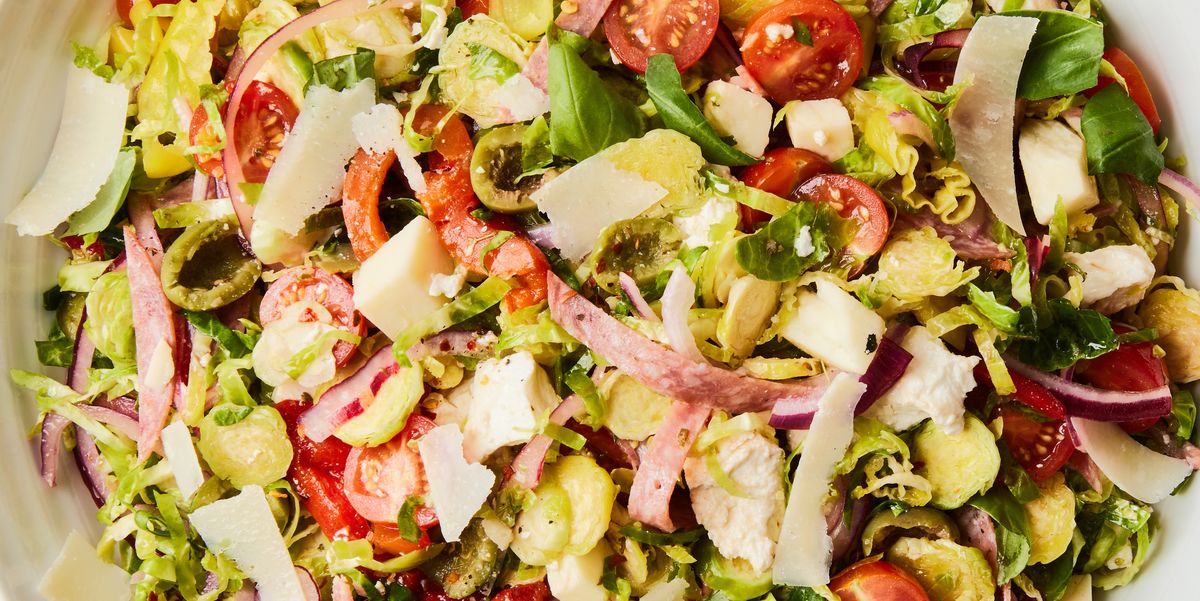


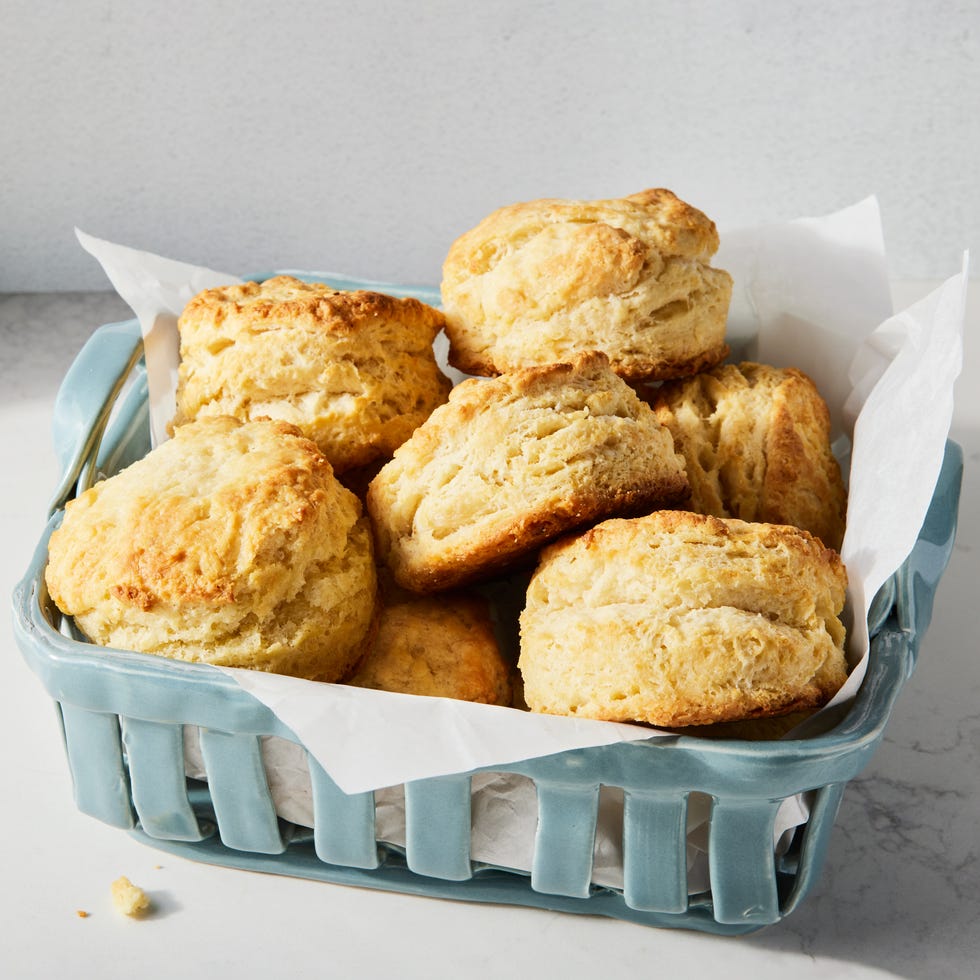
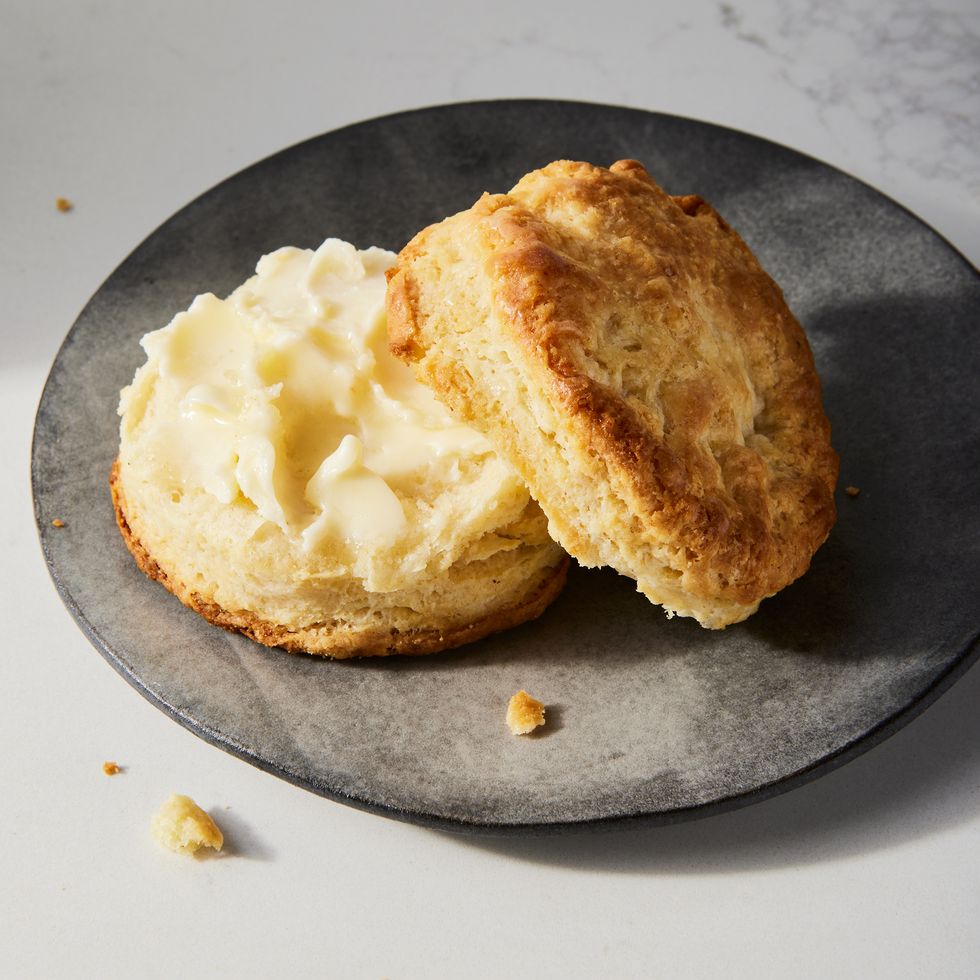
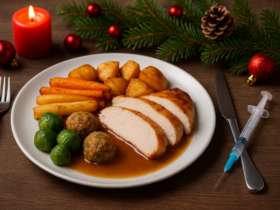






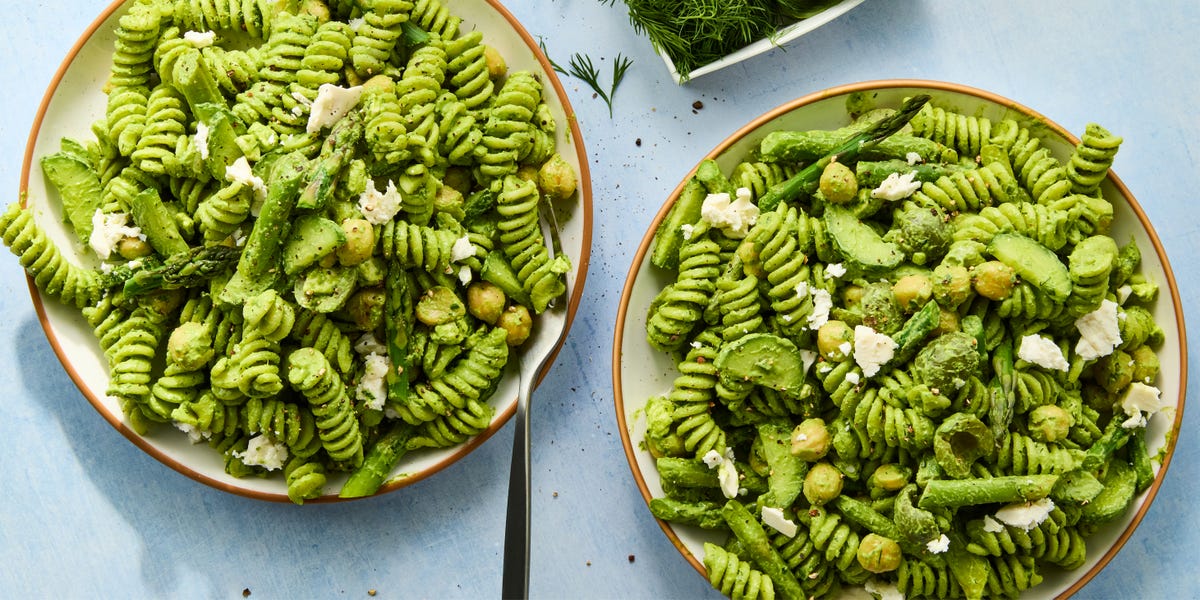


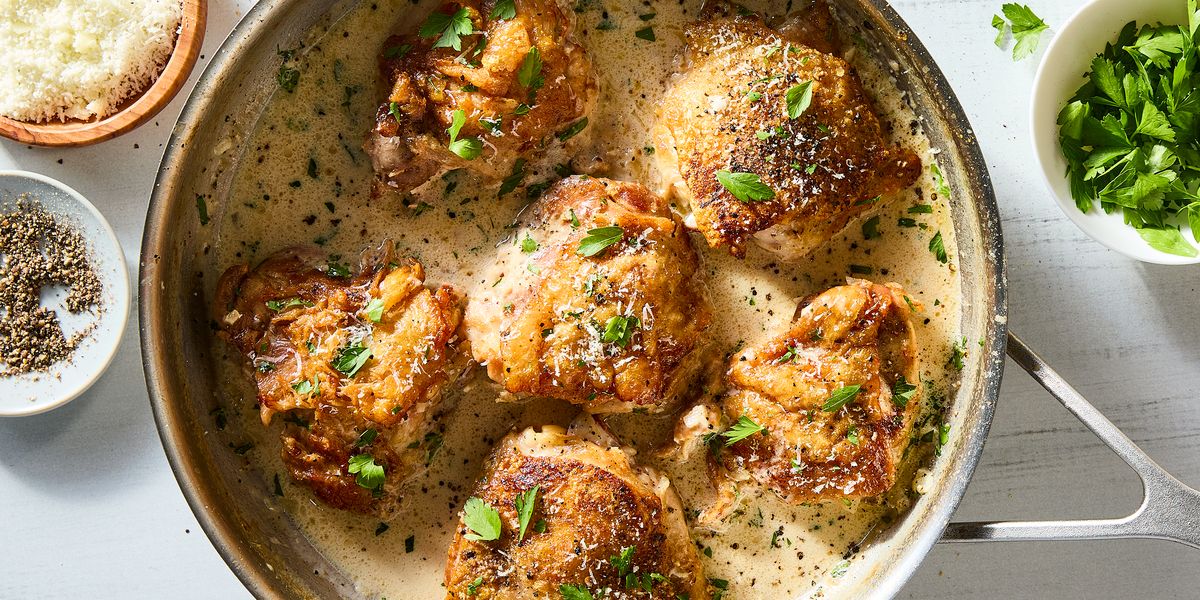

Leave a Reply